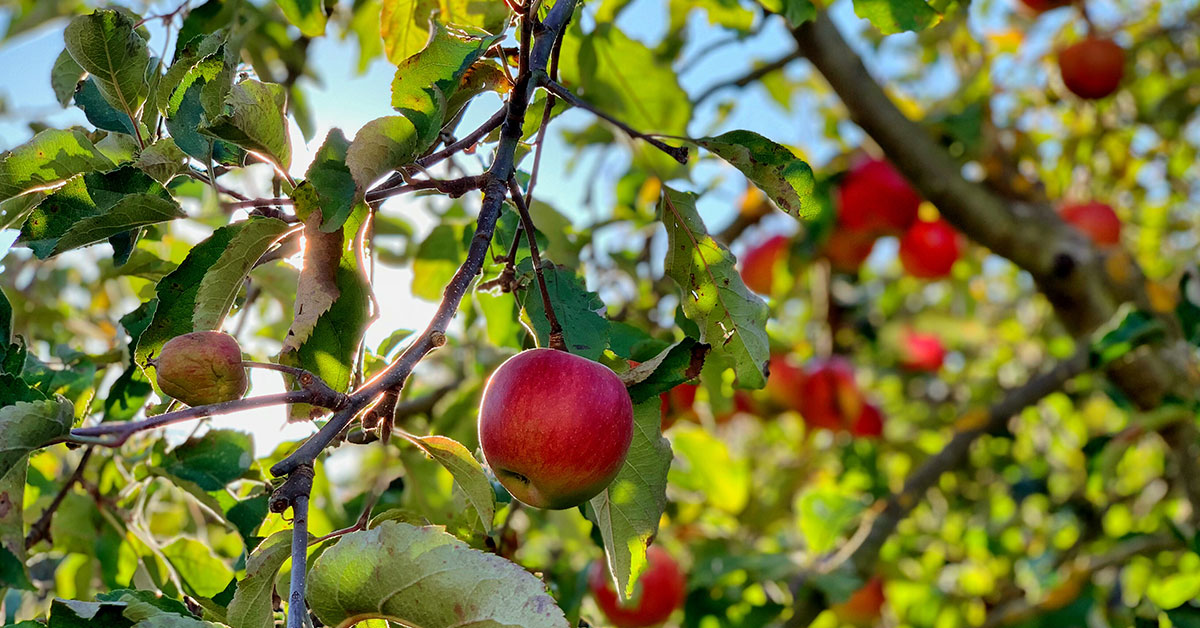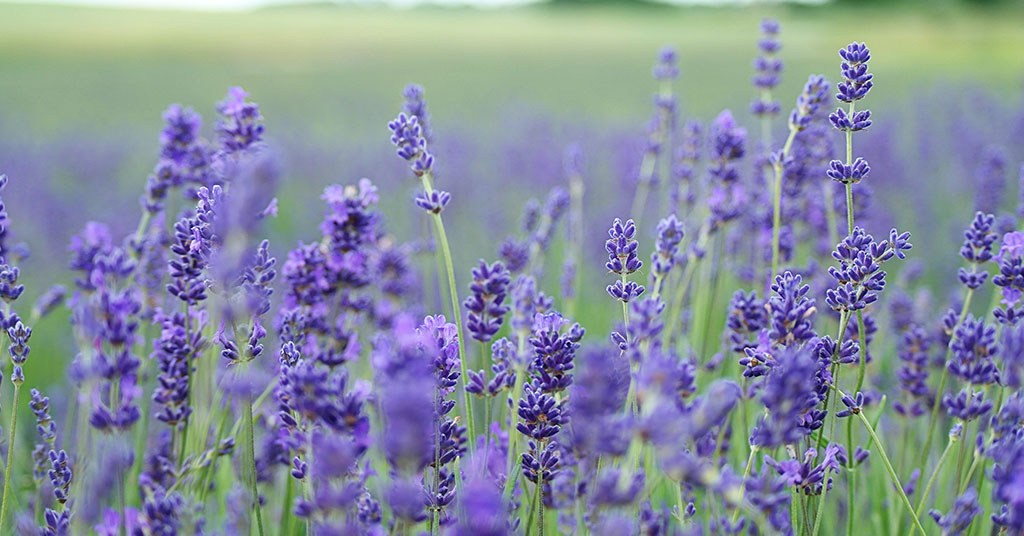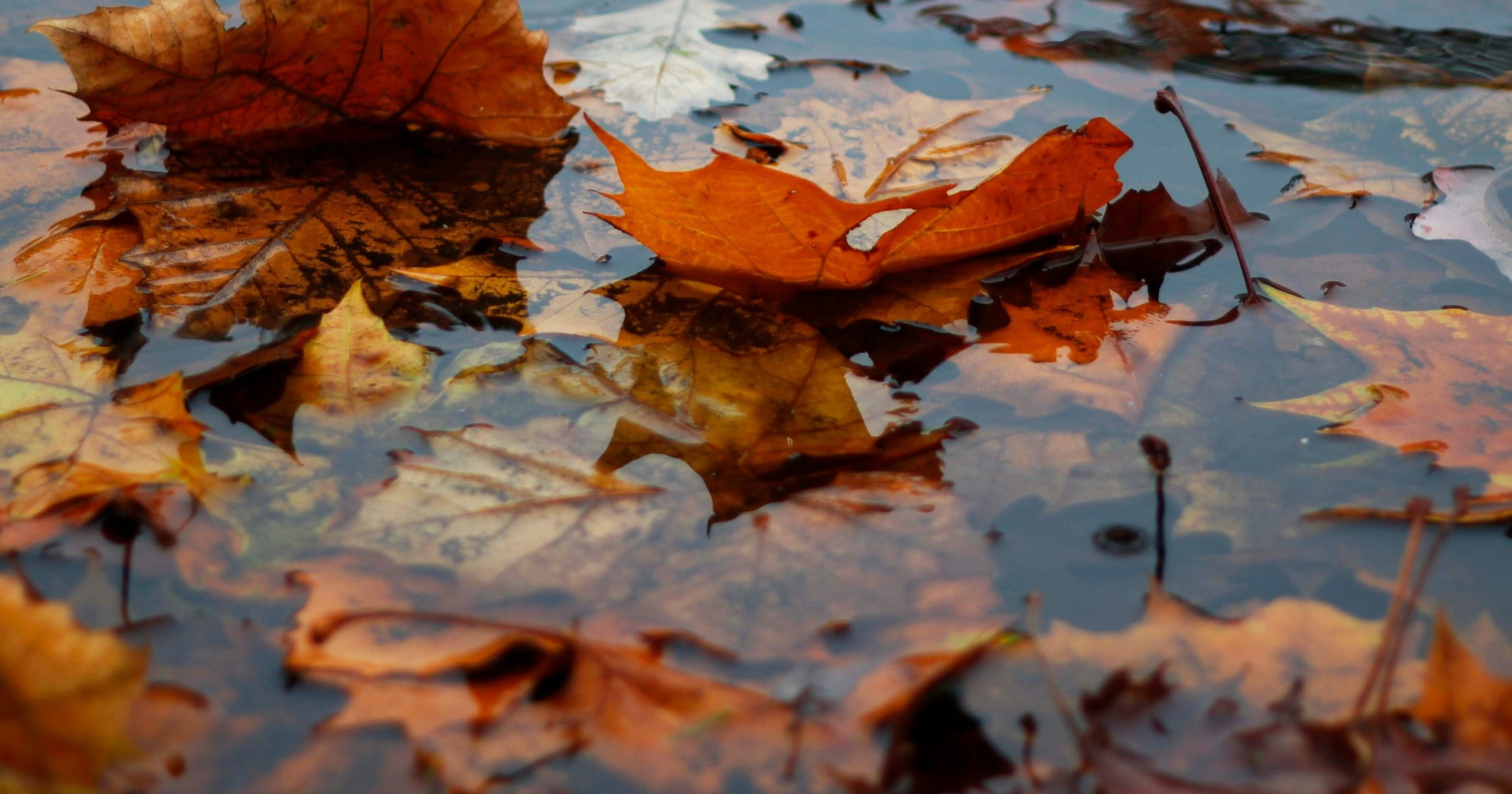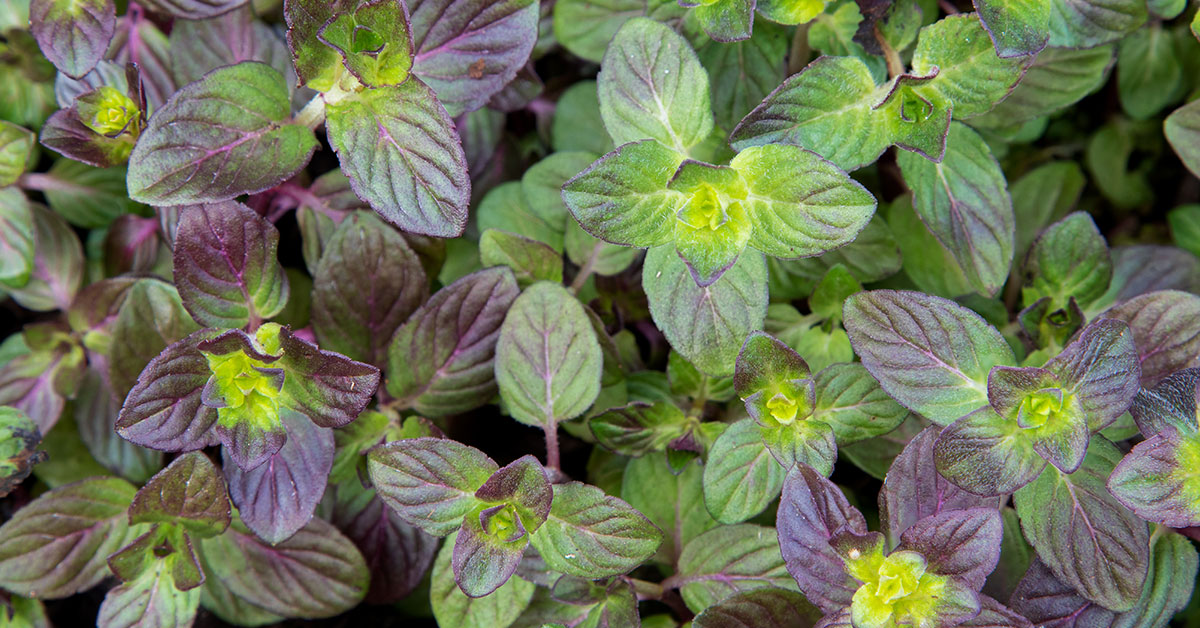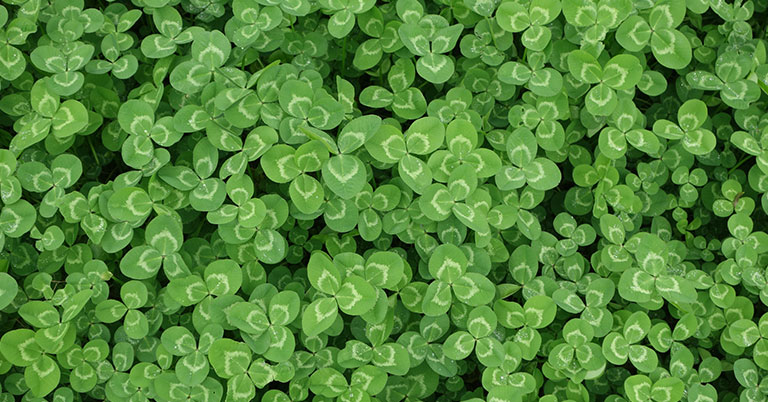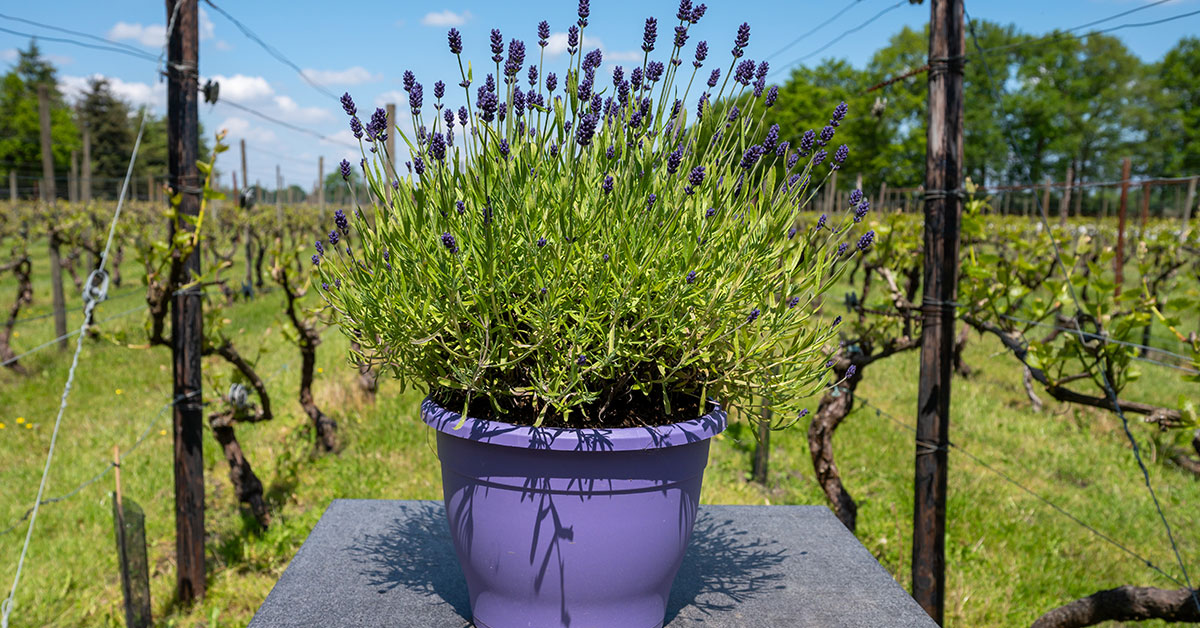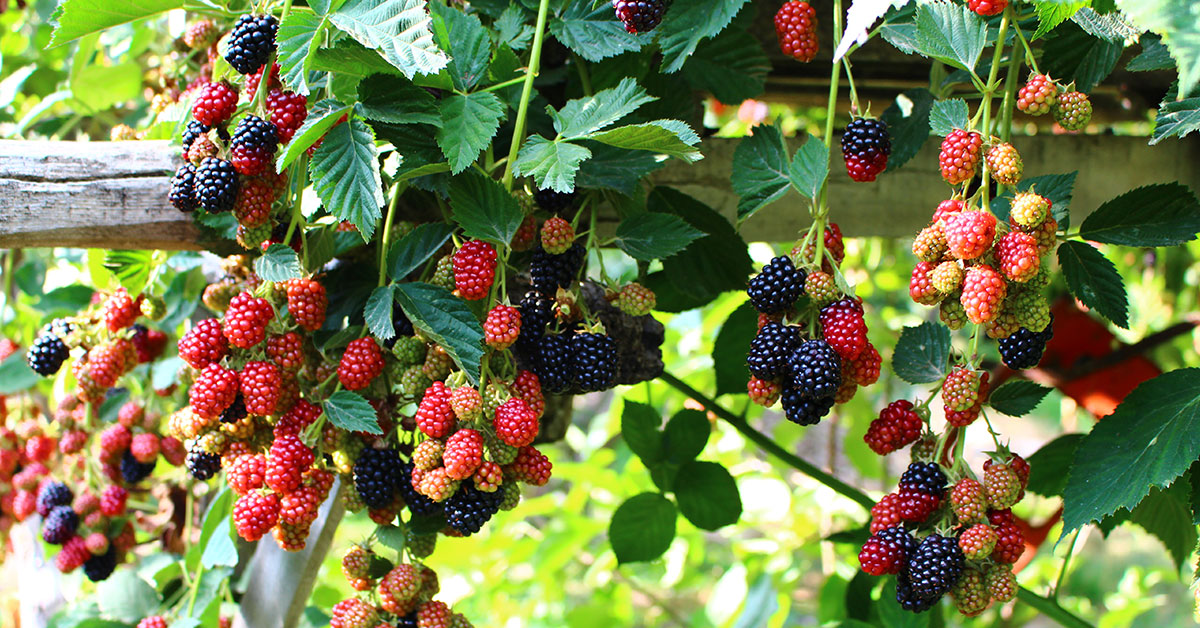Welcome to our comprehensive guide on the best fruit trees to grow in Indiana! Whether you are an experienced gardener or a novice looking to embark on a fruitful journey, this article will provide you with valuable insights and recommendations for selecting the perfect fruit trees for your Indiana garden.
Indiana’s diverse climate and fertile soil make it an ideal region for growing a wide variety of fruit trees. From the classic apple and cherry trees to lesser-known gems like pawpaw and persimmon, we will explore the top fruit trees that thrive in Indiana’s unique conditions. Get ready to enjoy an abundance of delicious, homegrown fruits right in your own backyard!
The best fruit trees to grow in Indiana
Best Fruit Trees to Grow in Indiana When it comes to growing fruit trees in Indiana, it is essential to choose varieties that are well-suited to the region’s climate and growing conditions. Here are some of the best fruit trees to grow in Indiana:
- Apple Trees: Apples are a popular choice for Indiana gardeners due to their adaptability and wide range of varieties. Some recommended apple tree varieties for Indiana include Honeycrisp, Gala, Jonathan, and Golden Delicious. These trees require full sun and well-drained soil to thrive.
- Peach Trees: Although peaches can be a bit more challenging to grow in Indiana due to the state’s fluctuating spring temperatures, there are several varieties that can still be successful. Look for cold-hardy varieties such as Reliance, Redhaven, Contender, and Harrow Diamond. Peach trees require a sunny location with good air circulation to prevent diseases.
- Pear Trees: Pears are another excellent choice for Indiana gardeners. Varieties like Bartlett, Moonglow, and Seckel are well-suited to the state’s climate. Pear trees prefer well-drained soil and full sun, but they can tolerate partial shade as well.
- Cherry Trees: Sour cherries tend to perform better in Indiana than sweet cherries due to their cold hardiness. Varieties like Montmorency and North Star are popular choices. Cherry trees require full sun and well-drained soil, and they can be susceptible to pests and diseases, so proper care and maintenance are crucial.
- Plum Trees: Plums are a delicious addition to any Indiana garden. Varieties such as Stanley, Methley, and Ozark Premier are recommended for their adaptability to the region. Plum trees require full sun and well-drained soil, and they benefit from regular pruning to maintain their shape and health.
- Apricot Trees: While apricots can be more challenging to grow in Indiana due to late spring frosts, some varieties can still be successful. Look for cold-hardy varieties like Moorpark and Sungold. Apricot trees require a sunny location with good air circulation to minimize frost damage.
Remember, when selecting fruit trees for your Indiana garden, it is crucial to consider factors such as hardiness, disease resistance, and pollination requirements. Additionally, proper care, including regular watering, fertilizing, and pest control, will help ensure the success of your fruit trees. Happy gardening and enjoy the bountiful harvest from your best fruit trees to grow in Indiana!
Avoid growing these fruit trees in Indiana
When it comes to growing fruit trees in Indiana, it is important to choose varieties that are well-suited to the state’s climate and growing conditions. While there are several fruit trees that thrive in Indiana, there are also some varieties that should be avoided due to their susceptibility to diseases, pests, or unsuitability for the region. Here are a few fruit trees that should be avoided in Indiana:
- Citrus Trees: Citrus trees, including oranges, lemons, and grapefruits, are not suitable for growing in Indiana. These trees require a warm and tropical climate, which Indiana’s cold winters cannot provide. Citrus trees are highly sensitive to frost and freezing temperatures, making them challenging to grow in this region.
- Avocado Trees: Avocado trees are native to warm and subtropical regions, making them unsuitable for Indiana’s climate. These trees require a long growing season and cannot tolerate freezing temperatures. While it is possible to grow avocados as indoor plants, it is challenging to provide the necessary conditions for them to thrive and produce fruit.
- Mango Trees: Mango trees are tropical plants that require a consistently warm climate to grow and produce fruit. Indiana’s cold winters and fluctuating temperatures make it nearly impossible for mango trees to survive. These trees are highly sensitive to cold and frost, making them unsuitable for cultivation in this region.
- Palm Trees: Palm trees, such as coconut palms and date palms, are not suitable for growing in Indiana. These trees require a warm and tropical climate, which Indiana cannot provide. They are highly sensitive to cold temperatures and cannot tolerate frost. Therefore, attempting to grow palm trees in Indiana would be a challenging and unsuccessful endeavor.
By avoiding these fruit trees that are not well-suited to Indiana’s climate, gardeners can focus on selecting the best fruit trees to grow in Indiana. Choosing fruit trees that are adapted to the region’s climate and growing conditions will increase the chances of success and ensure a bountiful harvest.
Fruit tree growing tips for Indiana
When it comes to growing fruit trees in Indiana, there are several factors to consider to ensure successful growth and a bountiful harvest. Here are some tips and best practices to keep in mind:
- Choose the right fruit tree varieties: Selecting the best fruit trees to grow in Indiana is crucial. Some of the top choices for this region include apple trees (such as Honeycrisp, Gala, and Jonathan), cherry trees (such as Montmorency and Bing), peach trees (such as Redhaven and Contender), and pear trees (such as Bartlett and Anjou). These varieties are well-suited to Indiana’s climate and soil conditions.
- Consider pollination requirements: Many fruit trees require cross-pollination to produce fruit. Ensure that you plant compatible varieties within close proximity to facilitate pollination. For example, apple trees need another apple tree of a different variety nearby for successful pollination.
- Plant in the right location: Fruit trees thrive in full sun, so choose a location in your garden that receives at least six to eight hours of direct sunlight each day. Additionally, ensure the soil is well-draining to prevent waterlogging, as excessive moisture can lead to root rot.
- Prepare the soil: Prior to planting, prepare the soil by removing any weeds or grass and incorporating organic matter like compost or well-rotted manure. This improves soil fertility, drainage, and overall plant health.
- Planting and spacing: Dig a hole that is wide and deep enough to accommodate the tree’s root system. Place the tree in the hole, ensuring that the graft union (the swollen area where the tree was grafted onto the rootstock) is above the soil line. Space fruit trees according to their specific requirements, generally ranging from 10 to 20 feet apart, depending on the variety.
- Watering and mulching: Newly planted fruit trees require regular watering to establish their root systems. Water deeply and consistently, ensuring the soil remains evenly moist but not waterlogged. Apply a layer of organic mulch around the base of the tree to conserve moisture, suppress weeds, and regulate soil temperature.
- Pruning and training: Pruning fruit trees is essential for maintaining their shape, promoting airflow, and encouraging fruit production. Prune during the dormant season, typically in late winter or early spring, before new growth emerges. Remove dead, damaged, or crossing branches, and aim for an open center or modified central leader shape, depending on the tree type.
- Pest and disease management: Regularly monitor your fruit trees for signs of pests or diseases, such as aphids, codling moths, or apple scab. Implement integrated pest management strategies, which may include using organic insecticides or attracting beneficial insects to control pests naturally. Proper sanitation, such as removing fallen fruits and leaves, can also help prevent disease outbreaks.
- Fertilization: Fruit trees benefit from regular fertilization to support healthy growth and fruit production. Conduct a soil test to determine nutrient deficiencies and apply a balanced fertilizer accordingly. Avoid excessive nitrogen, as it can lead to excessive vegetative growth at the expense of fruiting.
- Winter protection: Indiana’s winters can be harsh, so protect your fruit trees from extreme cold by wrapping the trunk with tree guards or insulating materials. Mulching around the base of the tree can also help insulate the roots.
By following these tips and best practices, you can successfully grow the best fruit trees in Indiana and enjoy a delicious harvest for years to come.


